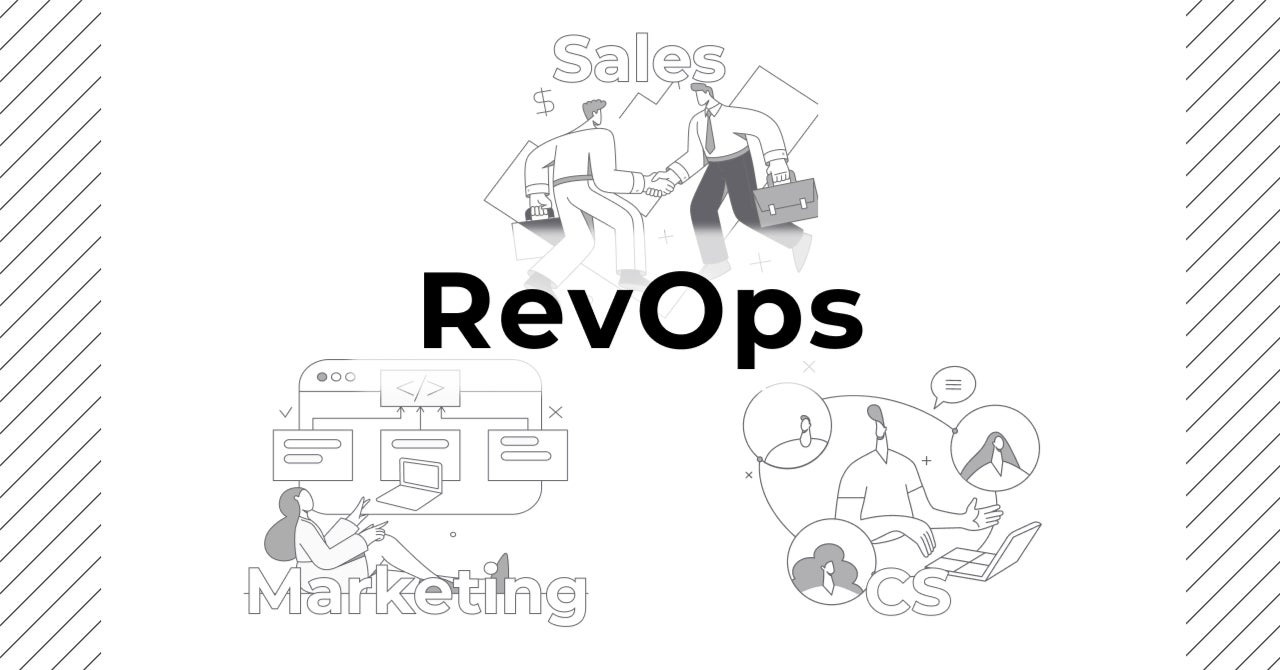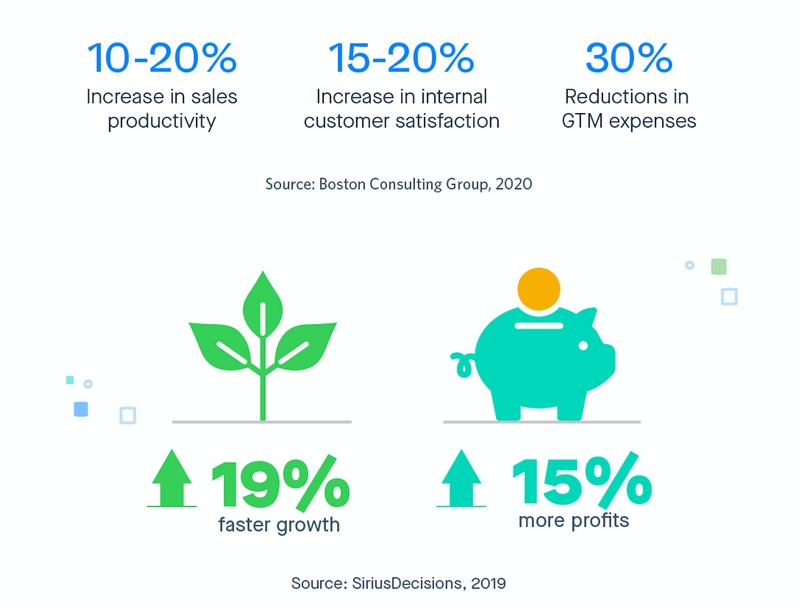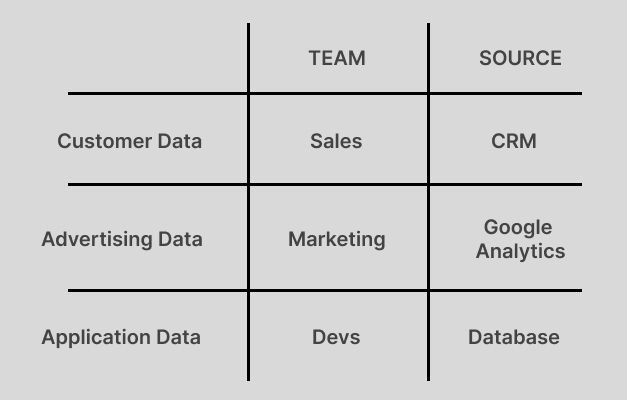RevOps: a Field Guide

In recent years — particularly in the United States — there has been an increasing amount of buzz around Revenue Operations (RevOps). But what does that mean?
What is RevOps?
RevOps (Revenue Operations) is a method of strategically integrating and aligning the marketing, sales, and customer success/customer support teams to deliver a consistent customer experience and accelerate revenue growth. Bottom line: BCG found that companies engaged in RevOps are more likely than those that are not to have:
- 10-20% increase in sales productivity
- 15-20% higher existing customer satisfaction
- 30% lower go-to-market spend
- 19% faster growth
- 15% higher profitability

Why is RevOps?
Originally, B2B purchasing behavior consisted of sales representatives meeting with prospective customers, answering their questions, and helping them to make purchasing decisions. In other words, the sales department accounted for a very large proportion of the customer's purchasing behavior.
However, in recent years this process has changed significantly. Many prospective customers are gathering information and making purchasing decisions themselves before speaking to a sales representative. This means that it is no longer just salespeople selling products; it is now more necessary than ever to consider the contribution of marketing, product, and CS as a variable in customer buying behavior.
In this light, the organization will be at a disadvantage if each department pursues its own vertically split, siloed KPIs.
Let’s take the example of a sales department setting the number of new contracts as their primary KPI, and the customer success team setting the contract retention rate as their KPI. In this case, the sales department would try to acquire a large number of customers — probably by offering leads an excessive discount. As a result the customer success team's KPI would suffer as customers left after their discount period ends, and customers who might have signed at a fair price will be offered a discount that might not have been necessary. This obviously leads to a downward spiral in overall long-term revenues.
Instead of each department working vertically, there is a need for organization and data-led decision-making that aims to improve profitability through collaboration. Here are some concrete examples of what this means:
- Marketing: cost-effective lead generation, individually optimized content generation, cross-channel marketing, optimizing advertising spend
- Sales: matching sales people with customers, optimizing contact timing, cross-selling recommendations
- CS: health score calculation, optimization of up-sell and cross-sell timing, on-boarding efficiency With modern data tools like Morph, this is not just possible: it’s easy.
Who is RevOps?
Let's look at some specific case studies of companies that have achieved results through RevOps.
ItsMyCargo: 113% increase in users through RevOps

ItsMyCargo is a Danish logistics company. After tracking customer behavior on their website, they found many users were leaving the site at the booking screen. They hypothesized that the majority of customers were visiting the site to see prices, not to make a booking. To test this hypothesis a dedicated quote site was created, allowing users to check prices in fewer steps, which resulted in a 127.73% increase in unique users.
The sales team approached the email addresses registered on the quote site, resulting in a 113% increase in the number of customers using the service compared to the previous year.
Flimp Communications : 40% increase in the number of meetings by centrally managing leads from marketing to sales

Flimp Communications is an American company that provides interactive digital communication tools. The company used to manually assigned leads to the appropriate department, they had set values for 38 different types of lead sources (leading to a lack of clarity), and the impact of the company’s frequent events and webinars were not taken into account for lead generation. Thus, the sales team had a lack of insight as to which leads were worth pursuing, and the marketing department had difficulty creating effective, targeted campaigns.
To combat this friction, Flimp introduced a data-driven dashboard to automate the scoring of lead sources based on a simple set of criteria and assign them to the appropriate team.
This resulted in a 40% increase in lead conversion, with the right leads being targeted and the right information shared from the get-go.
How to RevOps?
Managing data across departments is key to achieving the RevOps goal of having everyone pushing in the same direction. For example, let’s take a SaaS company. Each department has the following data in their own tools:

Using all of that data makes it possible to identify how leads become customers, which users become paid users, and what trends in user behavior are the most profitable. However, this data is not just fragmented over teams, but also over disparate tools.
Morph doesn’t just integrate your data from your existing toolsets (such as Salesforce, Mailchimp, and databases), it lets anyone parse, analyze, and visualize that data using plain, natural-language prompts and then output these results to a dashboard shareable across the whole company. What would in the past require separate tools and an engineering team can now be achieved in a single tool. Breaking down silos has never been easier.
Why not start utilizing the data you already have as the first step towards realizing RevOps? Sign up for a free trial and experience the power of Morph!